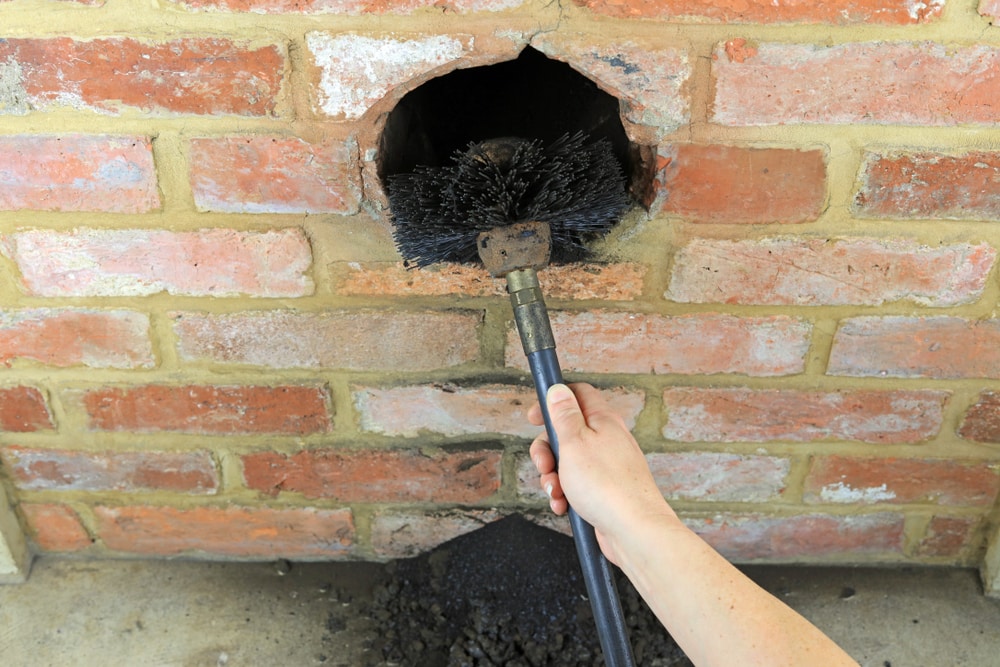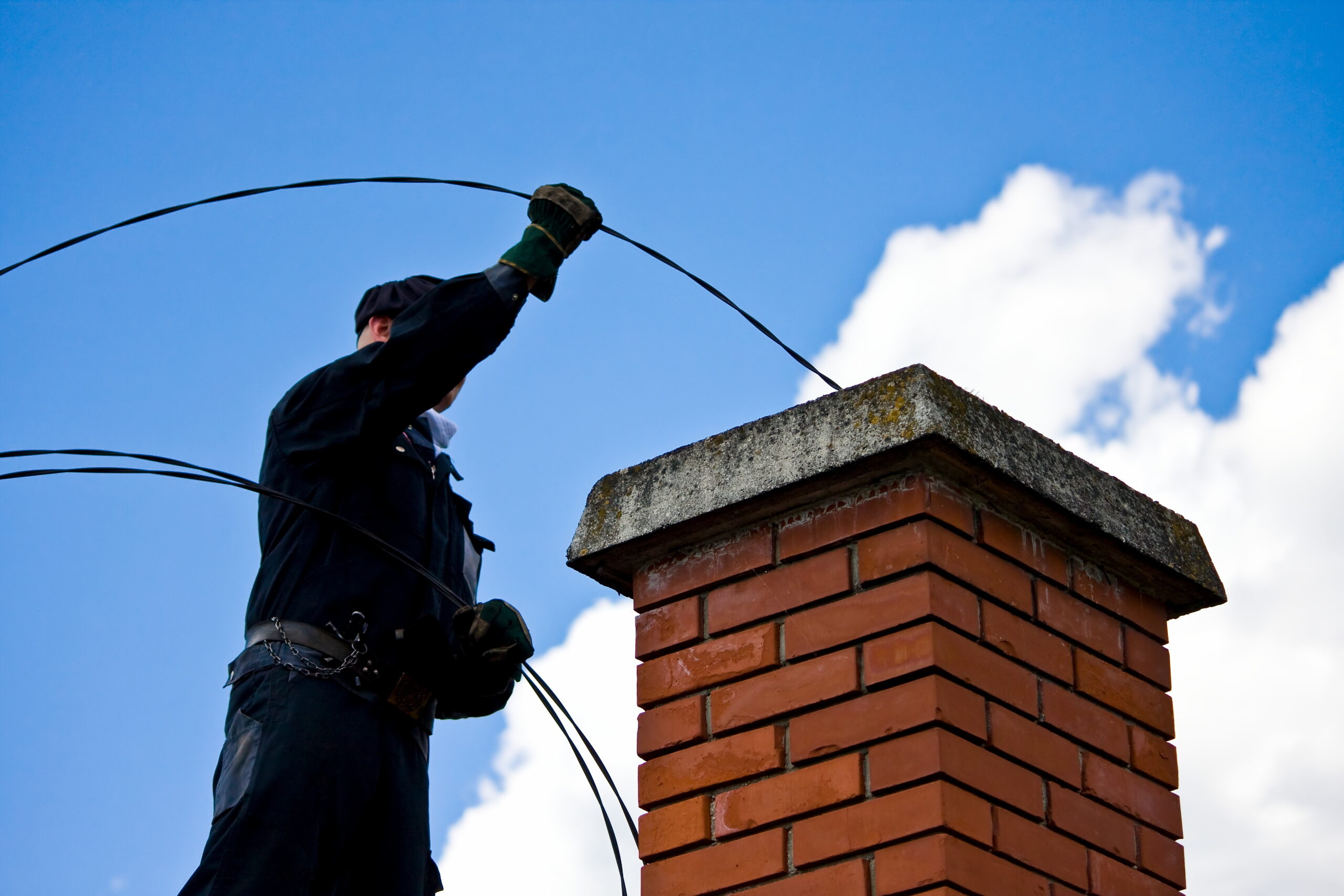The Complete Chimney Sweep San Jose Checklist for Year-round Safety
The Complete Chimney Sweep San Jose Checklist for Year-round Safety
Blog Article
Expert Guide to Chimney Cleaning: Whatever You Need to Know
Ignoring chimney cleaning can lead to a host of problems, from poor ventilation to safety and security risks. From the devices called for to the step-by-step process entailed, an expert guide to smokeshaft cleansing offers a detailed review of just how to keep this important component of your home operating efficiently.
Significance of Chimney Upkeep
Maintaining proper chimney maintenance is critical for ensuring the safety and efficiency of your home's furnace. A properly maintained smokeshaft plays a vital role in venting out harmful gases, such as carbon monoxide gas, that are byproducts of burning fuels like wood, gas, or oil. In time, chimneys can build up creosote, an extremely flammable substance that can cause smokeshaft fires otherwise cleaned up regularly. These fires can spread out to the remainder of the residence, endangering lives and causing substantial residential or commercial property damage.
Routine chimney upkeep additionally aids in avoiding blockages that can obstruct the circulation of air and gases, bring about inadequate ventilation and minimized heating effectiveness. Additionally, a tidy chimney avoids the build-up of particles and nesting materials from pets and birds, minimizing the risk of blockages and making sure proper air movement.
Tools and Supplies Needed

Step-by-Step Cleansing Refine

The very first step is to prepare the location around the fireplace by setting protective sheets to avoid any kind of residue or particles from soiling your home. Next off, open up the damper to ensure appropriate ventilation throughout the cleansing procedure.
Making use of a flashlight, examine the chimney for any type of blockages or accumulation. Get rid of any visible particles such as nests, leaves, or creosote utilizing a smokeshaft brush or vacuum particularly created for smokeshaft cleansing.
After removing the debris, it's time to scrub the smokeshaft walls. Connect the brush to expansion rods and scrub the wall surfaces completely to displace any kind of persistent accumulation. Adhere to up by vacuuming or brushing up the loosened particles.
As soon as the chimney is clean, examine the smokeshaft cap and flue for any kind of damages or signs of wear. Clean and close the damper up the surrounding area before testing the fireplace to ensure appropriate airflow.
Security Safety Measures to Follow
Prior to commencing the chimney cleansing process, it is imperative to comply with important safety precautions to guard both on your own and your home. First of all, make certain that the fireplace and chimney are entirely cool prior to starting any cleansing tasks to stop fires or burns. Wear suitable individual protective tools, consisting of handwear covers, safety and security goggles, and a mask to secure yourself from soot, debris, and unsafe visite site fumes. Area drop cloths or safety covers around the fire place area to avoid any soot or debris from damaging your flooring more info here or furnishings (Chimney Sweep San Jose). Use a sturdy ladder and have a spotter present to aid you when climbing up onto the roofing system or accessing hard-to-reach locations. It is vital to have a fire extinguisher nearby in situation of emergency situations, and never attempt to cleanse a chimney without correct understanding or experience. Lastly, take into consideration employing a professional chimney sweeper for elaborate or risky cleaning jobs to make certain the task is done securely and effectively. By adhering to these security preventative measures, you can lessen risks and preserve a protected setting throughout the chimney cleansing procedure.
Tips for Preserving a Clean Smokeshaft
Prior to launching the smokeshaft cleaning procedure, it is necessary to include regular maintenance techniques to guarantee a clean and well-functioning chimney. One pointer for preserving a tidy smokeshaft is to arrange regular inspections by a licensed chimney move. An additional vital idea is to set up a smokeshaft cap to stop particles, animals, and wetness from getting in the smokeshaft.
Conclusion
In conclusion, regular chimney cleansing is necessary for preserving a safe and reliable fire place or home heating system. By following the detailed cleansing process and taking essential safety and security preventative measures, you can guarantee that your smokeshaft works properly and lowers the danger of fire risks. Remember to use find out here now the suitable tools and products, and take into consideration seeking professional assistance if needed. By staying positive with chimney maintenance, you can enjoy a warm and comfy atmosphere in your home.
Over time, chimneys can collect creosote, a highly combustible material that can lead to smokeshaft fires if not cleansed frequently. The main tools required for chimney cleaning include a chimney brush, smokeshaft rods, a vacuum cleaner, safety gear such as handwear covers and safety glasses, a flashlight, and a durable ladder. The smokeshaft brush is important for removing creosote build-up, while the chimney rods aid in extending the reach of the brush to cleanse the whole smokeshaft size - Chimney Sweep San Jose. By having these tools and supplies ready, you can carry out chimney cleaning effectively and safely, preserving the proper performance of your smokeshaft and making certain a risk-free atmosphere in your home
Before starting the chimney cleansing process, it is essential to integrate normal maintenance practices to make certain a clean and well-functioning chimney.
Report this page